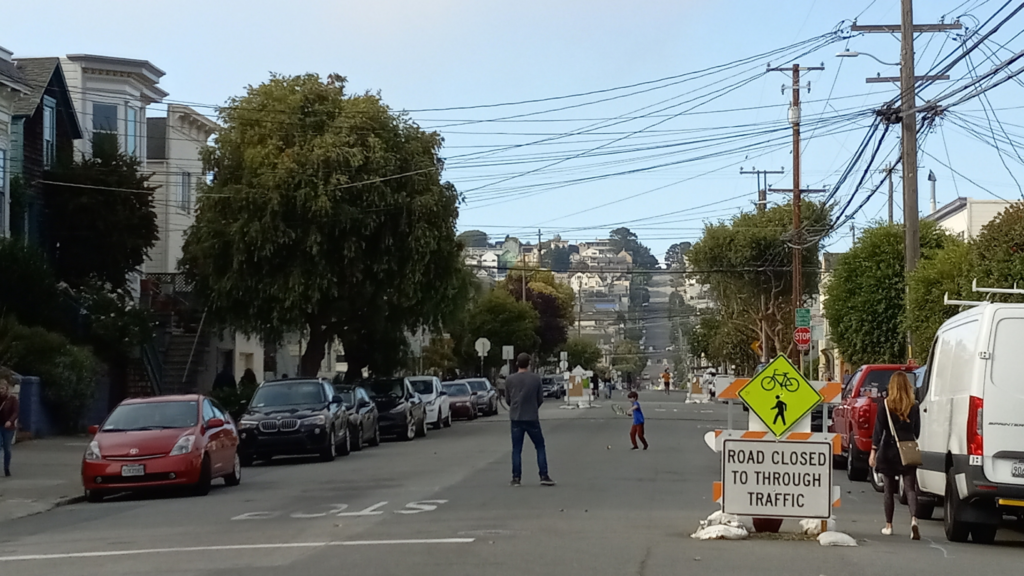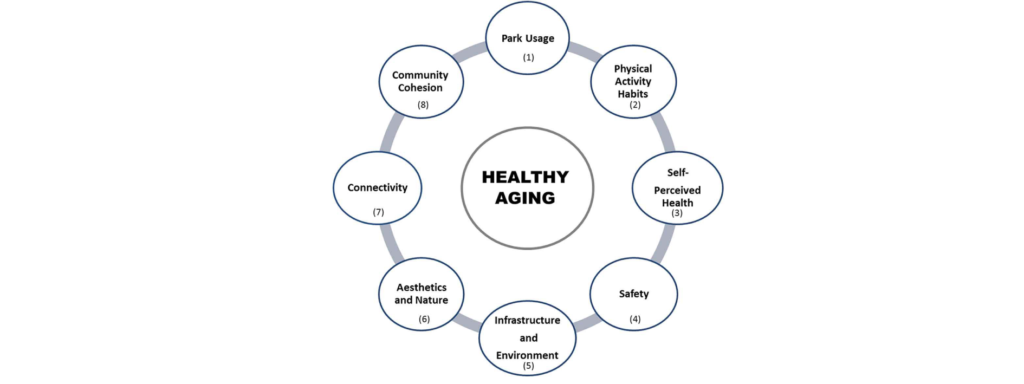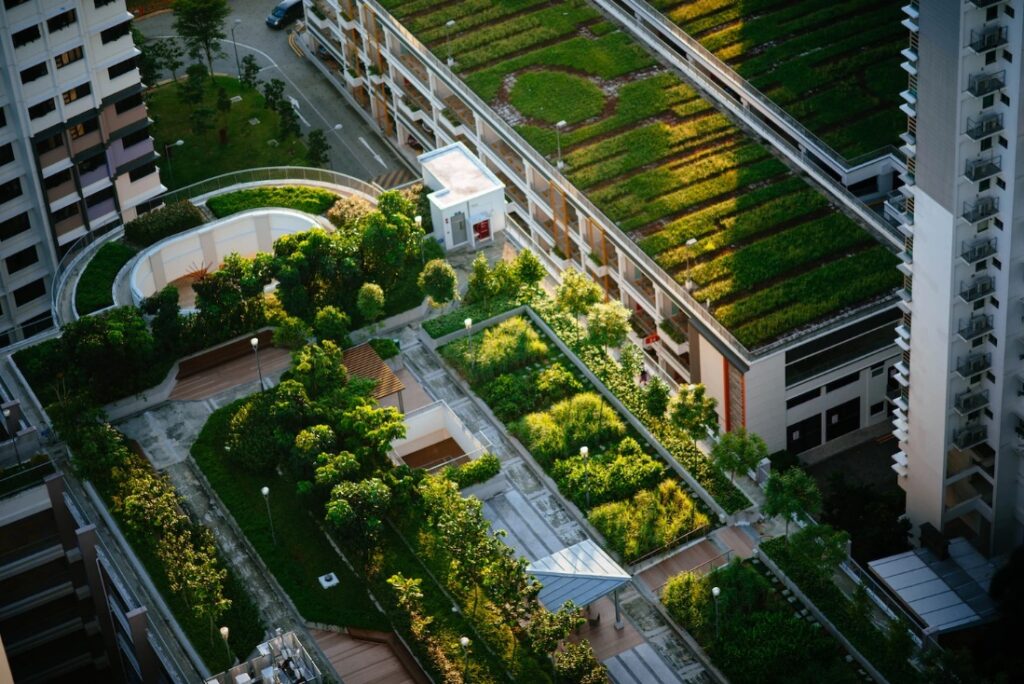City Know-hows

Target audience
Physical inactivity is a big societal challenge. Dedicated urban planning and design can contribute to more active lifestyles.
The problem
This topic is popular in research and practice with many guidelines on how to design them already developed. However, evaluation of such projects remains rare, leaving opportunities to learn from past success and failure unused. Additionally, details about the creation process and its impact remain largely overlooked. Finally, it is important that research and practice on this topic remain closely connected.
What we did and why
To address these challenges and help improve the practice of creating active environments, we investigated the process of designing, implementing, and evaluating active urban environments through semi-structured interviews with eleven practitioner experts in the field of active environment design and -development. We additionally analyzed 51 examples of active environments they provided. By including both theoretical and practical views, we aim for this paper to provide valuable insights and inspiration for professionals on both sides.
Our study’s contribution
We discuss definitions of active environments, their added value to encourage active behaviour, and provide an overview of the spectrum of design strategies, elements and boundaries used to create them. We also describe typical steps in the design and realization process, including types of stakeholders, main gaps, and points of friction in this practice.
Impacts for city policy and practice
This paper underlines the potential of using urban design and planning to encourage more active behaviour. Building on knowledge from research and practice, it holds an overview of design elements and strategies to create them. It shows how this practice can be improved as it describes existing challenges and desires, opportunities to address these, and the potential of including data and smart technologies.
Further information
WHO Europe: ‘Towards More Physical Activity in Cities- transforming public spaces to promote physical activity – a key contributor to achieving the Sustainable Development Goals in Europe’. This report contains examples of cities that have taken the initiative to promote physical activity through improving the built environment. The main goal of this case study collection is to provide inspiration to others.
Full research article:
Creating active urban environments: insights from expert interviews by Loes van Renswouw, Carine Lallemand, Pieter van Wesemael and Steven Vos.
Related posts

Health has turned into a number one priority in the present city context (e.g. lower emissions, active transportation, sustainable farming). By integrating it with proximity measures (as in the 15-minute city), we can create even healthier cities. Here is how they do it around the globe.

Our Jerusalem Railway Park study addressed the needs of those aged 55 in disparate communities, with long-term implications for physical and mental health, and community

Urban greening interventions have been shown to increase the climate resilience of our cities and improve the health outcomes of residents. How can we use open data to target these interventions more effectively and maximise the benefits of increased greening?